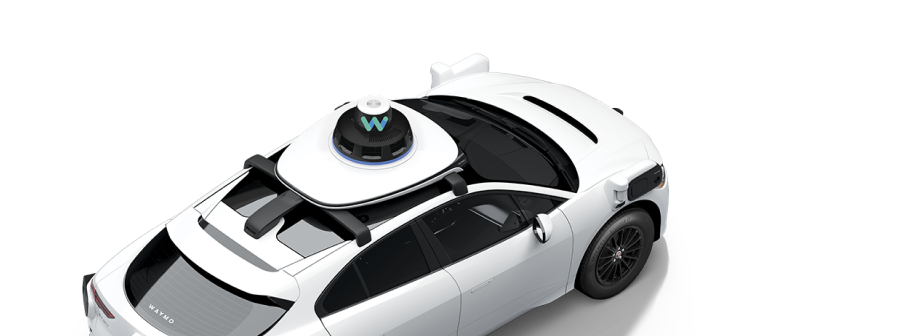A better view on how our vehicles make a right on turn on red
November 2015
Most of us feel impatient and disappointed when we see a “No Right Turn on Red” sign, yet it’s a maneuver that can make even experienced drivers nervous.
At busy intersections, a right on red requires a human driver to simultaneously track multiple moving objects in different directions, from fast-moving cars on your left who have the green light, to pedestrians crossing in front. There are also rules specific to each state; cars in California are required to enter the bike lane prior to and during a right turn, but in Texas, cars must leave the bike lane clear.
Our vehicles can identify situations where making a right turn on red is permissible and the position of our sensors gives us good visibility of left-hand traffic. After coming to a complete stop, we nudge forward if we need to get a better view (for example, if there’s a truck or bus blocking our line of sight). Our software and sensors are good at tracking multiple objects and calculating the speed of oncoming vehicles, enabling us to judge when there’s a big enough gap to safely make the turn. And because our sensors are designed to see 360 degrees around the car, we’re on the lookout for pedestrians stepping off curbs or cyclists approaching from behind.


